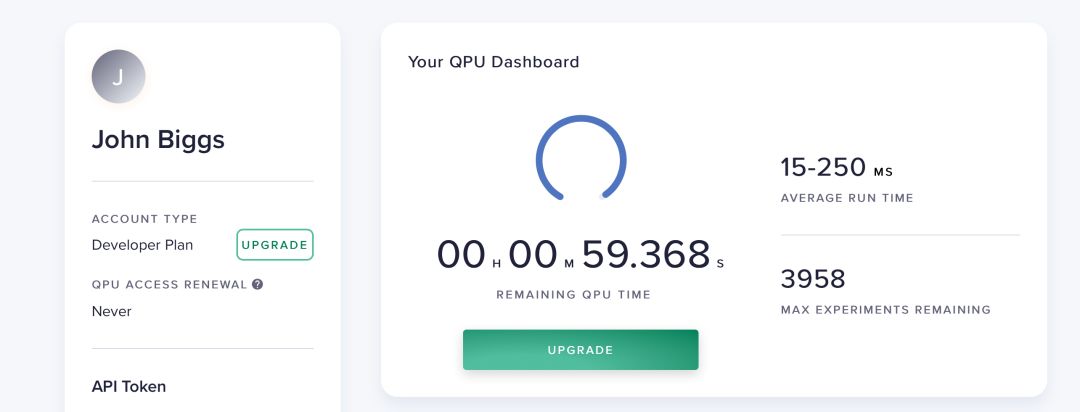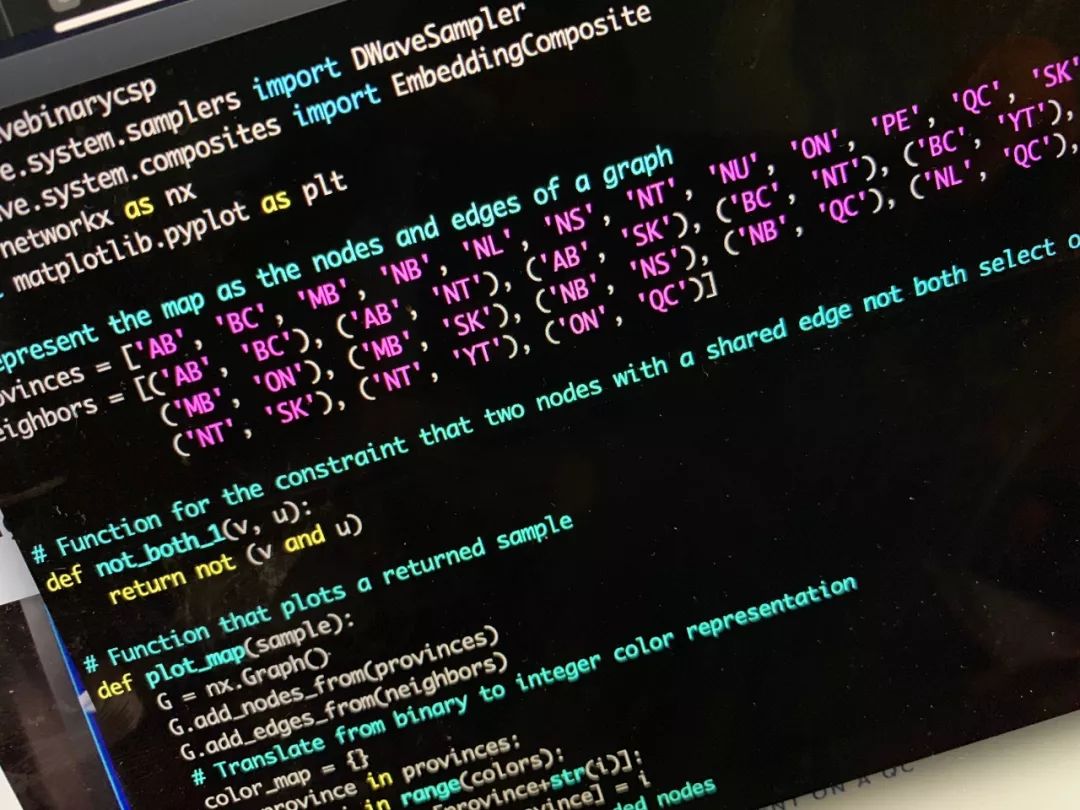D-Wave's office is located in a small building in a business park in the suburbs of Vancouver. This office looks ugly, but it is unique, because here, there is an infinite collection of parallel universes. D-Wave was founded by Gerordie Rose in 1999, focusing on exploring the mysterious problem of "quantum computing" that only a few people in the circle understood at the time. While studying for his doctorate at UBC, Rose outlined his thoughts on quantum computing companies in an assignment he submitted. His entrepreneurial mentor at the time, Haig Farris, appreciated his idea very much, so he sponsored Rose for $1,000 to buy a computer and a printer to print out his business plan. In 2005, after consulting with academia, Rose and the team decided to focus on building a usable quantum computer. Thus, in 2007, the Orion turned out to be used in the classification of drug molecules and playing the number-reading game. This business has created a total of more than 10 million U.S. dollars in sales for D-Wave, and has successfully won the favor of large companies such as Google, Microsoft and Northrop Grumman. "From the first day of establishment, we have focused on making quantum computing practical. In 2010, we began to provide customers with remote cloud access. Today, 100 early applications are running on our computers (70% of them are in Built in the cloud). Through this work, our customers told us that to benefit from quantum computing, it is not only necessary to access real quantum hardware. In order to build a real quantum ecosystem, millions of development People need access and some tools to start using quantum. Currently, D-Wave’s computer is simulating weather patterns and tsunamis, optimizing the display of hotel advertisements, and solving complex network problems. What's in the box? This time I visited D-Wave, and they gave me an unprecedented opportunity to enter their quantum machine. These computers are about the size of a garden shed, with a control unit at the front to control the temperature, and a queuing system to interpret and communicate user-sent questions. There is a tube inside the machine with a small chip inside. When it is fully running, the temperature will be super-cooled to -273.135 degrees Celsius. The entire system looks like something from the Death Star-a cylinder of pure data. Heroes must pass through a small door on the side of the black cube to enter. It is quite exciting to see this strange little chip in its super-cooled home. All along, the computer revolution has maintained its preference for chips at room temperature. But these strange and unique machines are connected to another timeline on which physics is forced to give in in order to do something truly amazing. Now, D-Wave wants to give the public the ability to try quantum computing opportunities. Open source platform Leap It takes some time to learn how to program on a quantum computer. Because its processor is not like the traditional computer we use, you must train the chip to perform simple functions, although your phone can already complete these functions in a few seconds. However, in some cases, the researchers found that the performance of this chip is 3,600 times higher than that of a traditional computer. This trade-off-the movement from the known to the unknown-is why D-Wave wants to show their products to the world. "We created Leap to enable millions of developers to use quantum computing. We built the first quantum application environment so that any software developer interested in quantum computing can start writing and running applications-you No in-depth quantum knowledge is required to start. If you know Python, you can build applications on Leap. In order to allow more people to join quantum computing, D-Wave created the Leap platform. Leap is an open source toolkit for developers. When you register, you will get one minute of quantum processing unit time. Considering that most problems run in milliseconds, this is enough to start experimenting. The queue manager lines up your code and runs it in the order it was received, and the results are output almost immediately. You can use Python or Jupiter Notepad to write code on QPU, which allows you to connect to QPU using API token. After writing the code, you can send commands directly to the QPU, and then output the results. These programs are currently quite esoteric and require basic knowledge of quantum programming. But in fact, our current computer programming used to daunt ordinary users. I downloaded and ran most of the demos smoothly. These demos-decomposition programs, network generators, etc.-essentially turn the concept of classical programming into a quantum problem. For example, instead of iterating through a list of factors, a quantum computer creates a "parallel universe" of answers, and then folds each answer until the correct answer is found. This may sound strange, but it is true. Researchers at D-Wave have been arguing about how to imagine the various processes of quantum computers. One camp believes that the physical realization of quantum computers is a simple and fast way to present the answer. The other camp, consistent with the point made by Professor David Deutsch in "The Beginning of Infinity", believes that the absolute number of possible permutations that quantum computers can span is evidence of parallel universes. What does their code look like? If you don’t understand the basics of quantum computing, it’s difficult to understand. This is a fact that D-Wave engineers considered when providing online documentation. "This industry is at a turning point. We have surpassed theory and entered the actual era of quantum applications. Now is the time to open up this field to smarter and more curious developers so that they can develop the first quantum killer. Class-level applications. Leap's combination of instant access to real-time quantum computers, tools, resources, and communities will promote this process. "For the future of Leap, we see millions of developers using it to share ideas. Learn from each other and contribute open source code. We believe that it is this collaborative developer community that will lead us to develop the first quantum killer application. D-Wave employees have created many tutorials and a forum where users can learn and ask questions. The entire project is indeed the first of its kind and promises unprecedented access to the foreseeable future of computing. Over the years, I have seen many technologies, but nothing can fully replicate the strange vibrations associated with connecting quantum computers. Just like the telex and green screen terminals used by early hackers such as Bill Gates and Steve Wozniak, D-Wave also opened up a strange new world. Fc To Lc Adapter,Fiber Cable To Ethernet Converter,Fiber Optic Adapter Kit,Fiber To Ethernet Converter Ningbo Fengwei Communication Technology Co., Ltd , https://www.fengweicommunication.com


